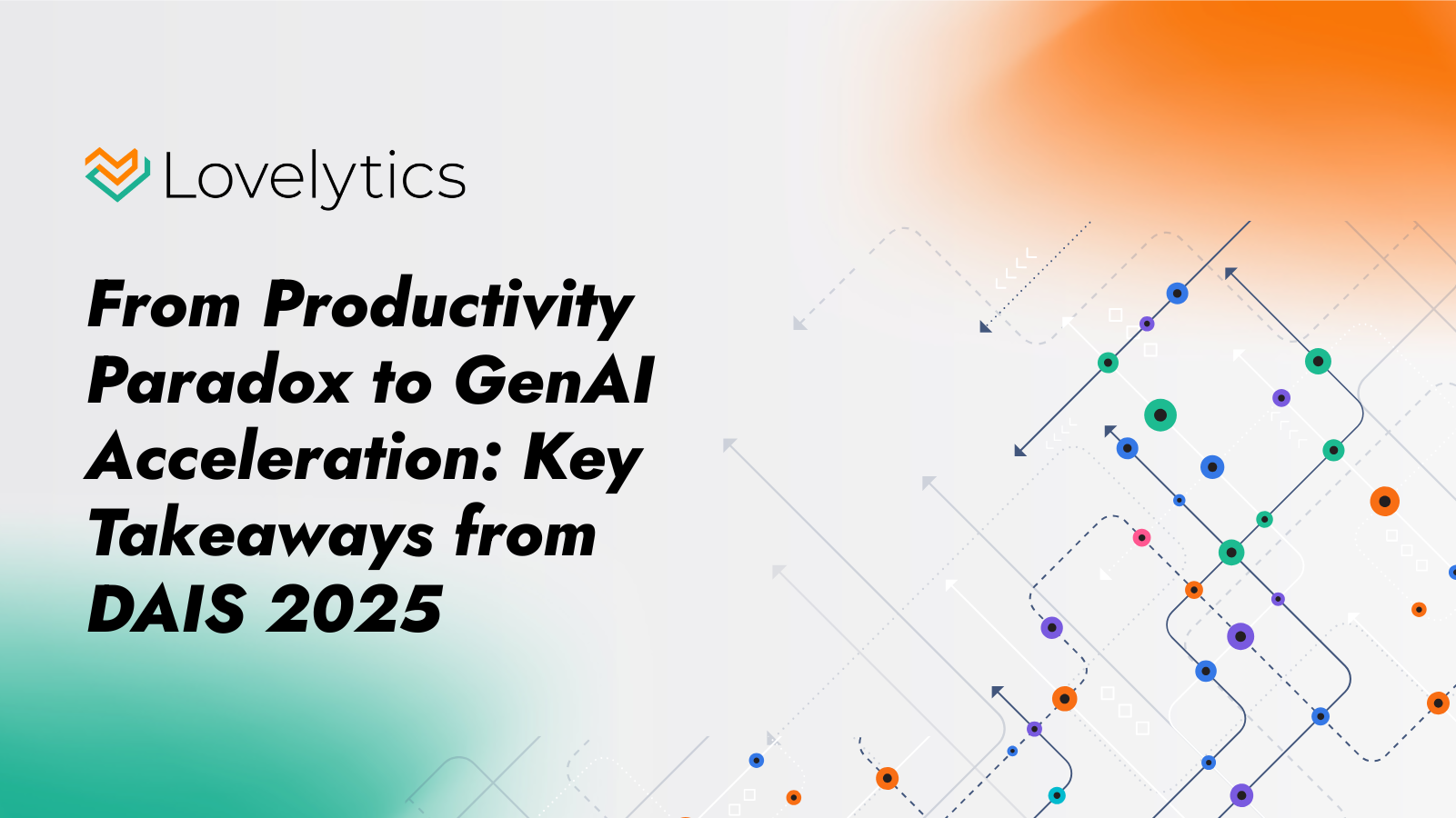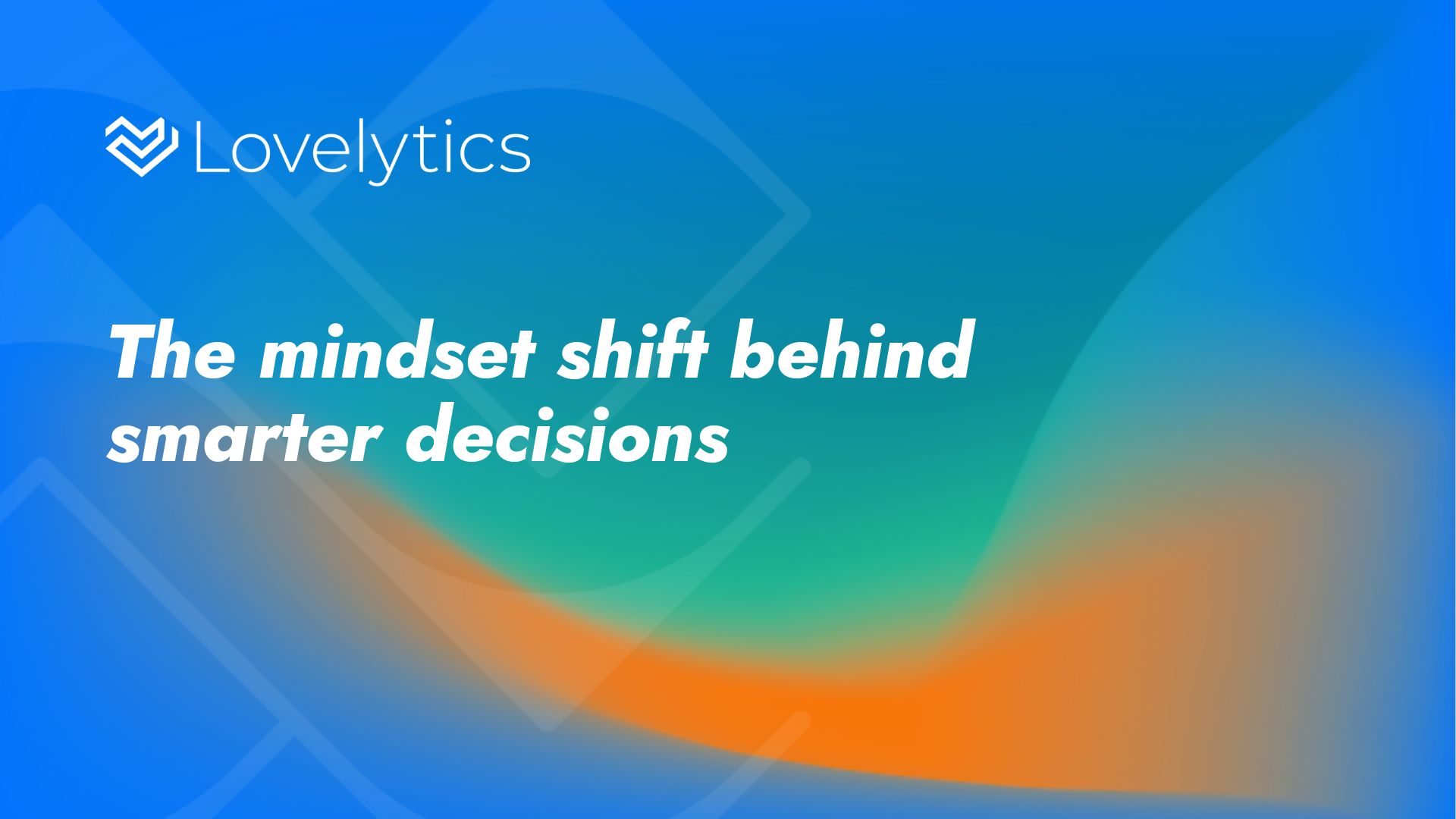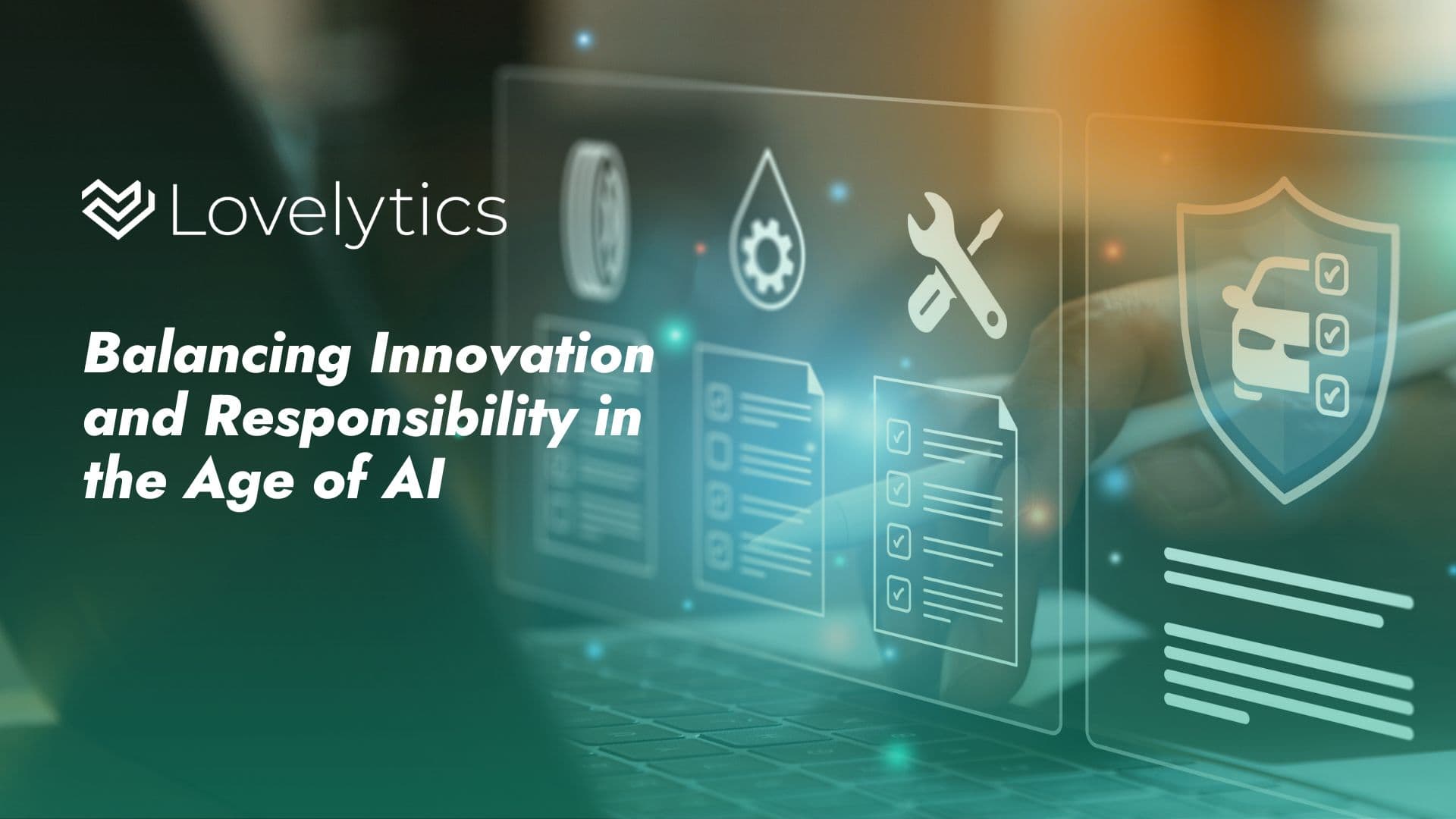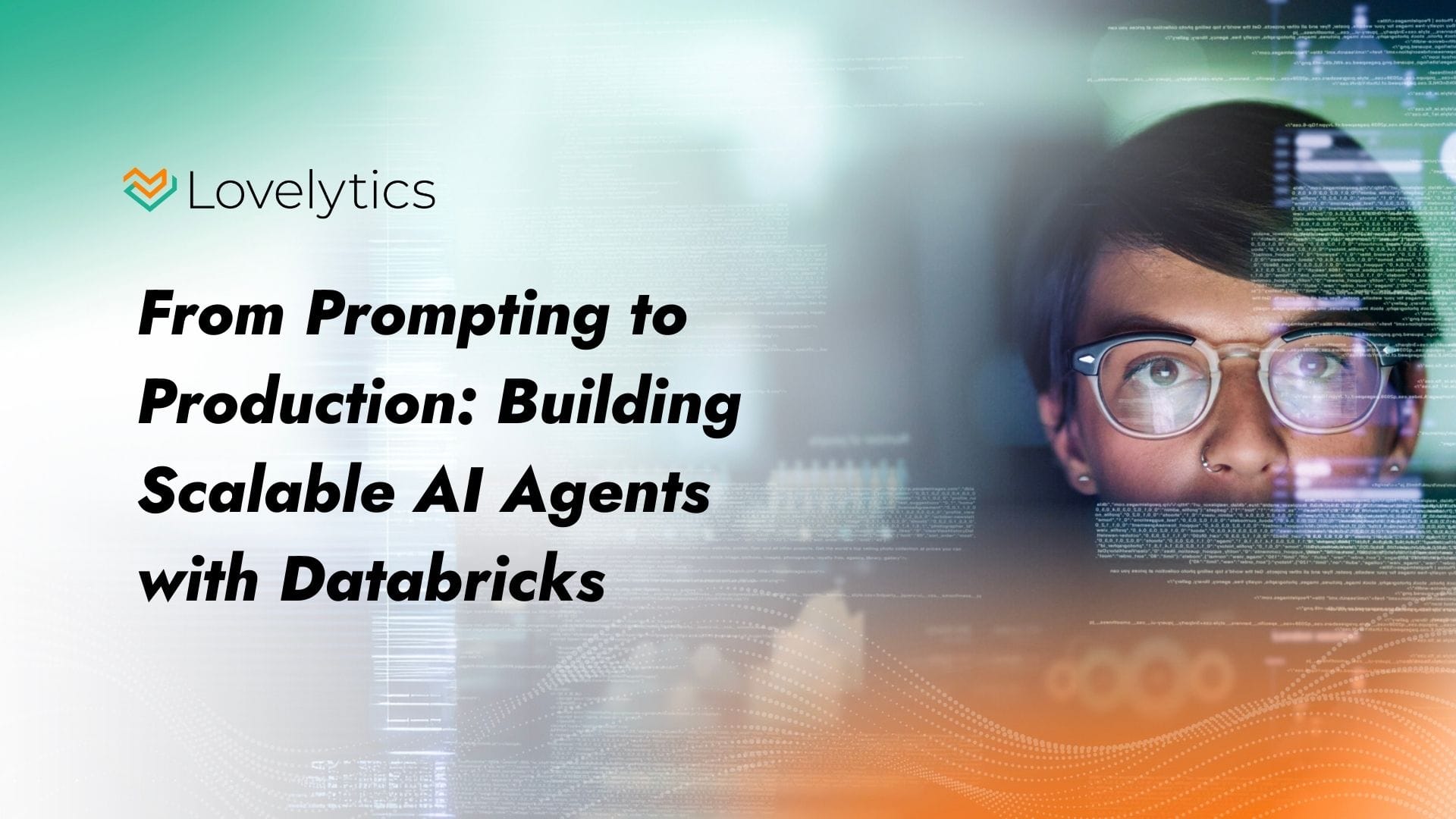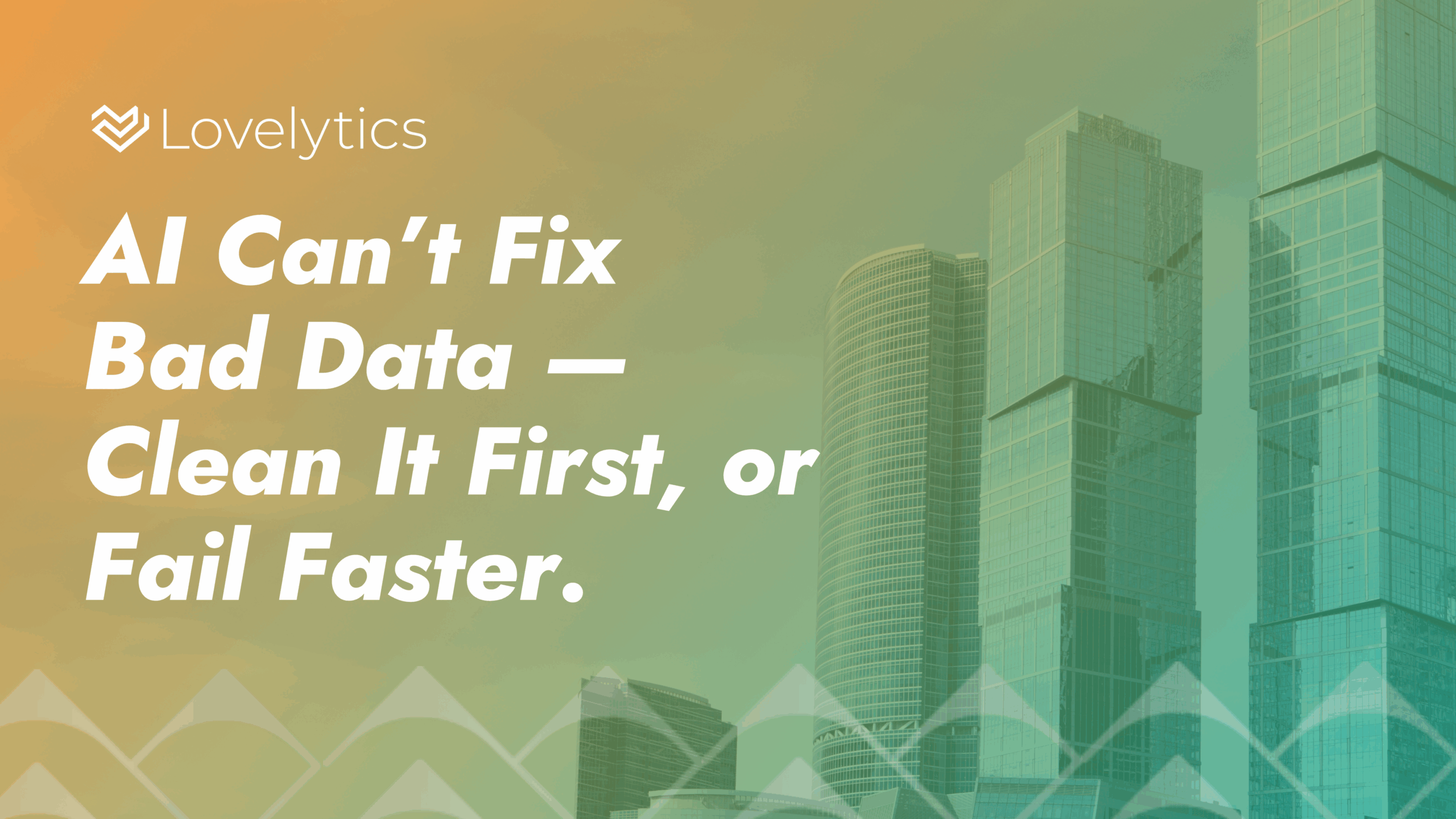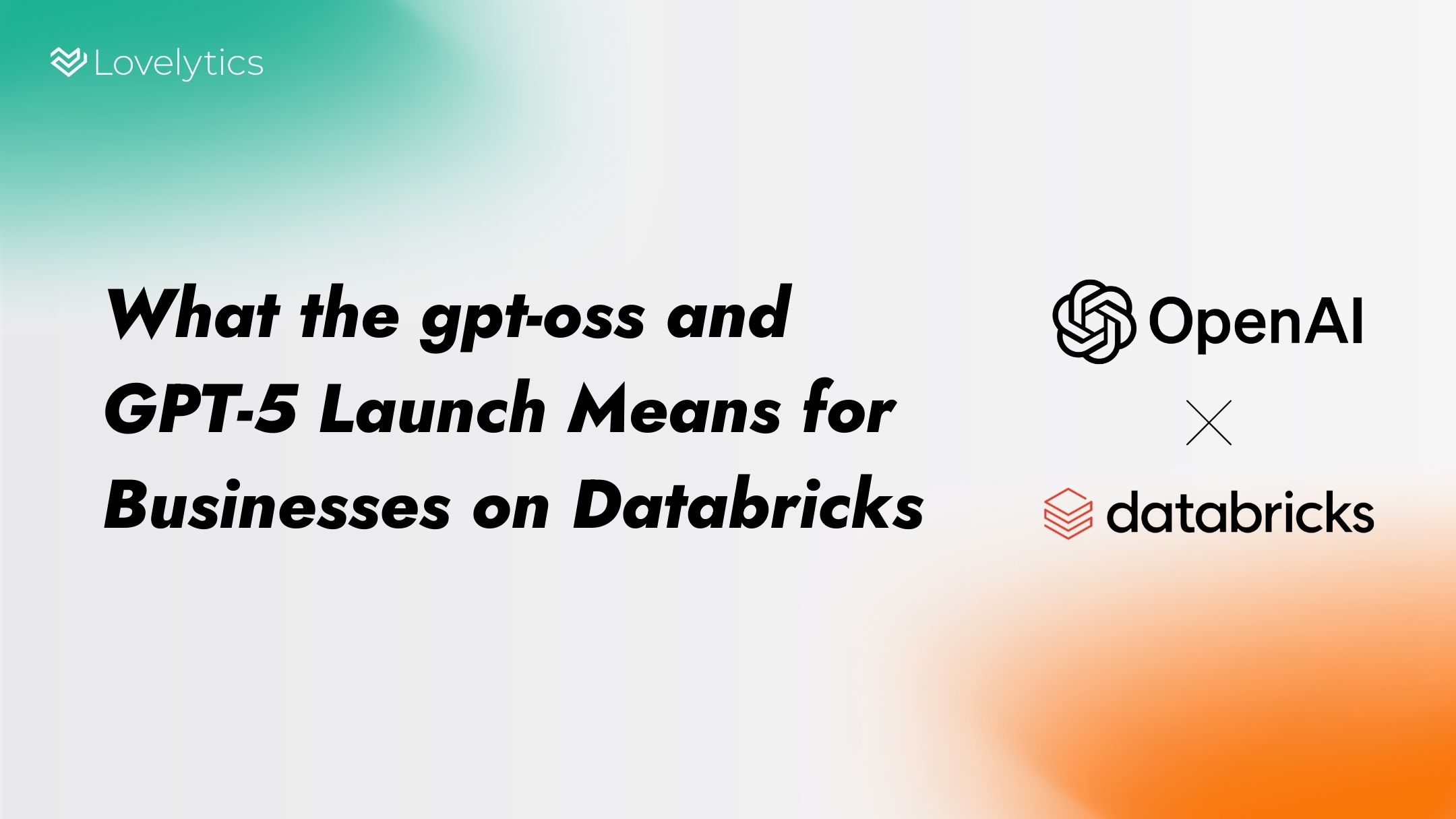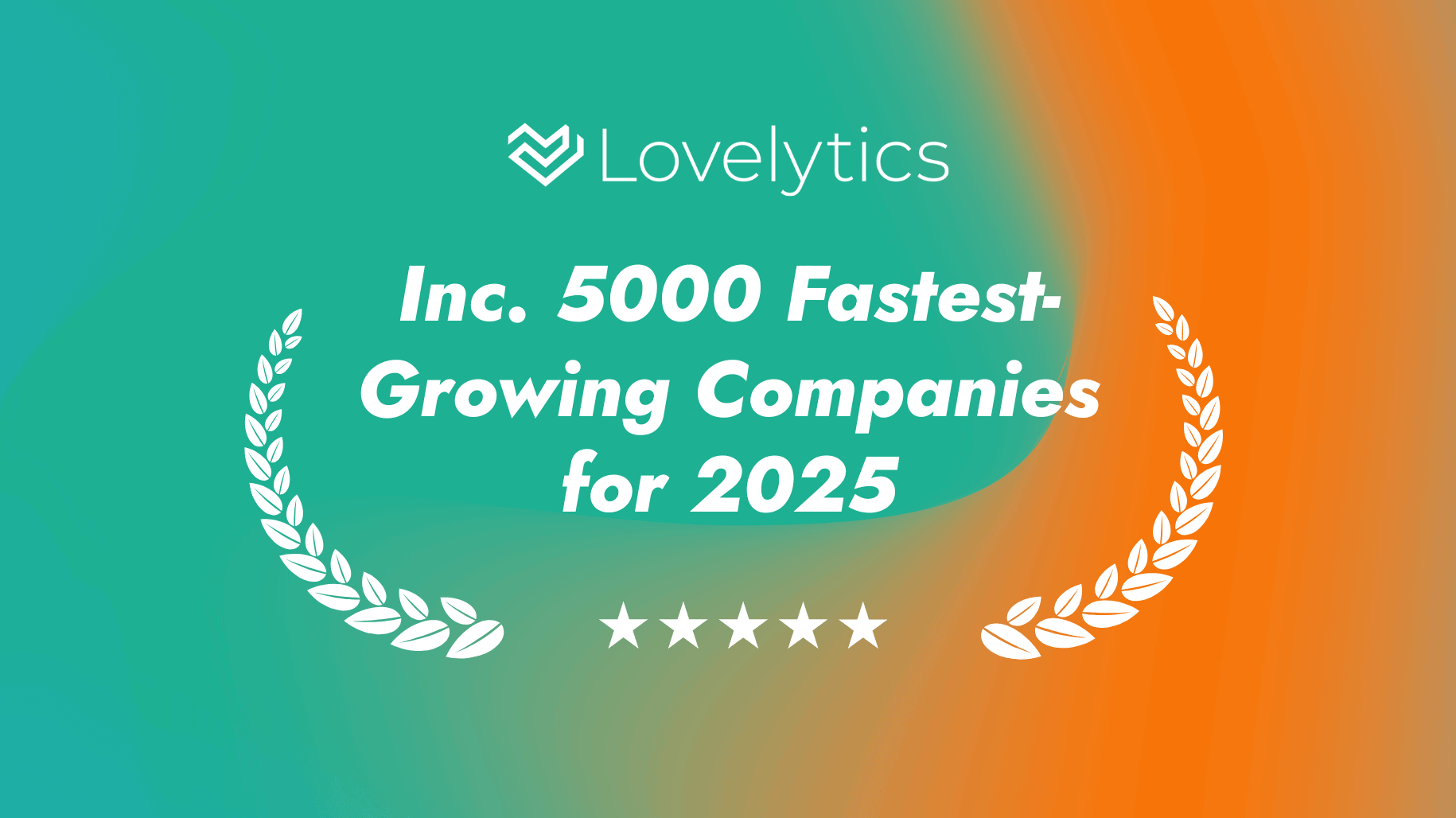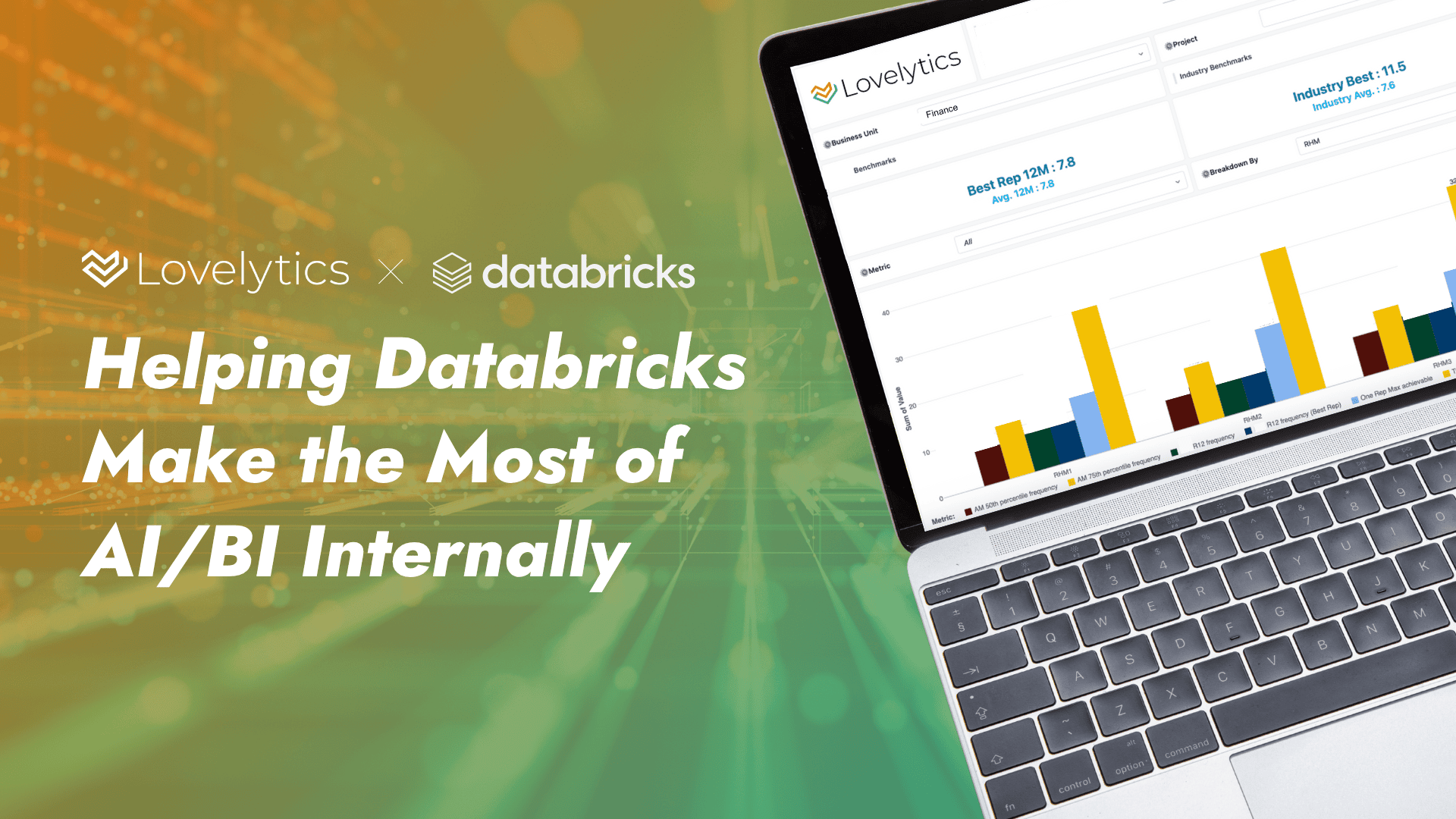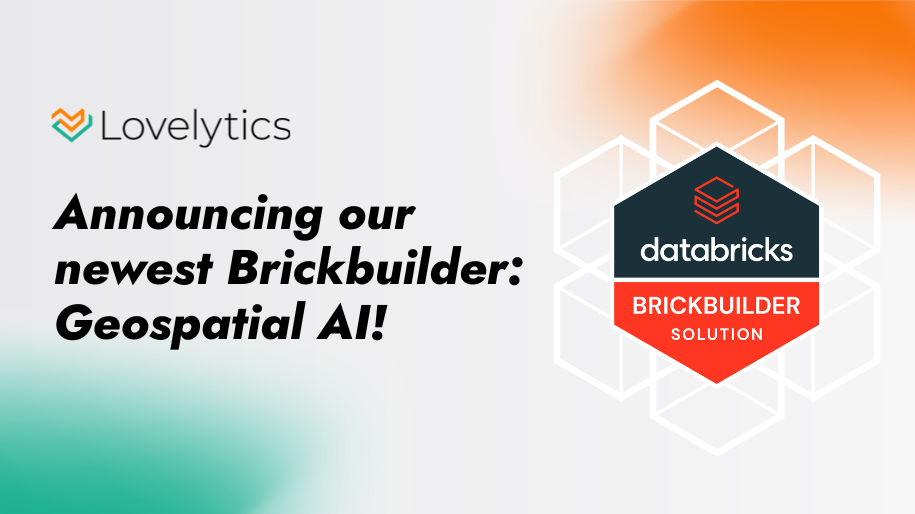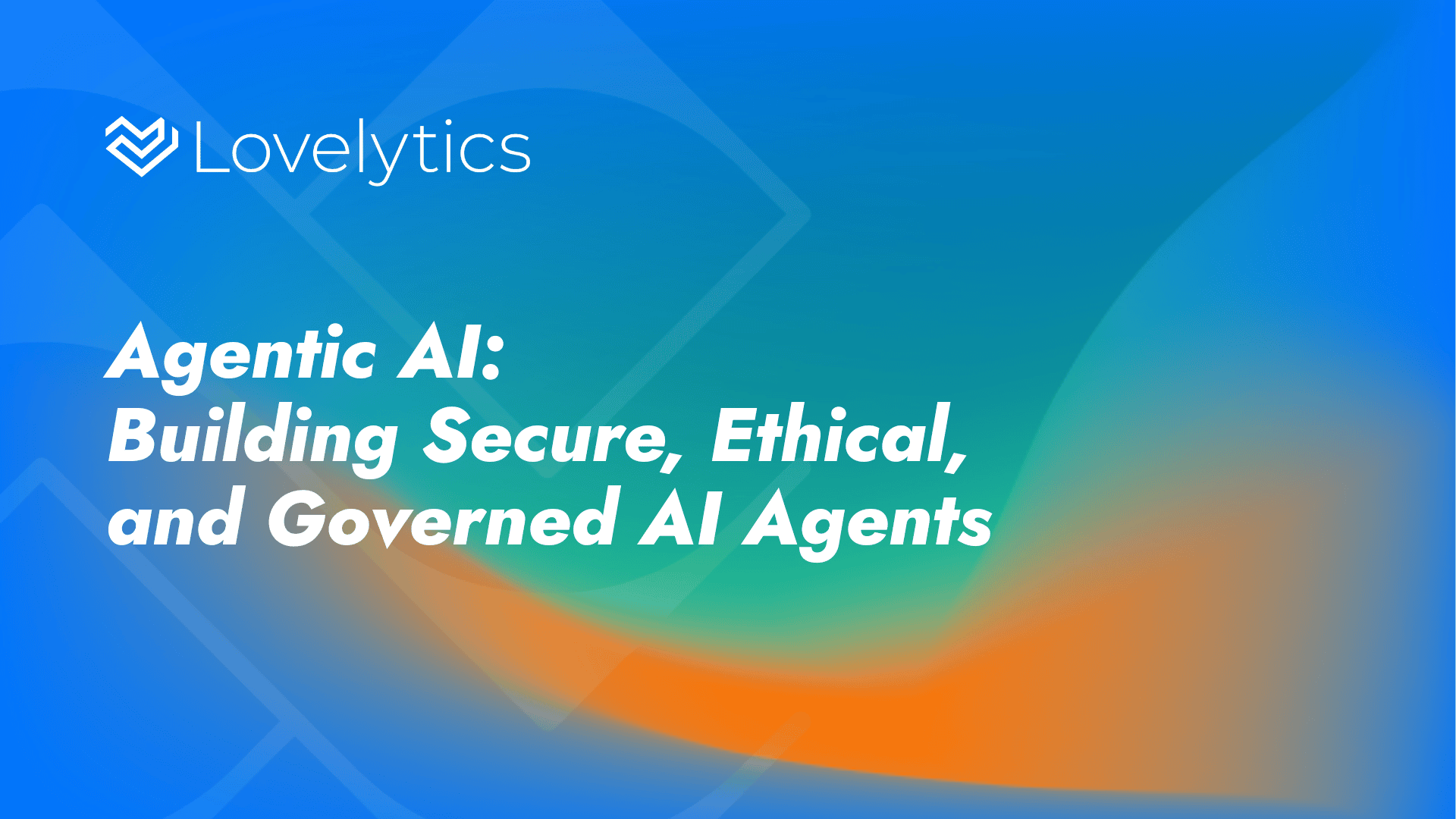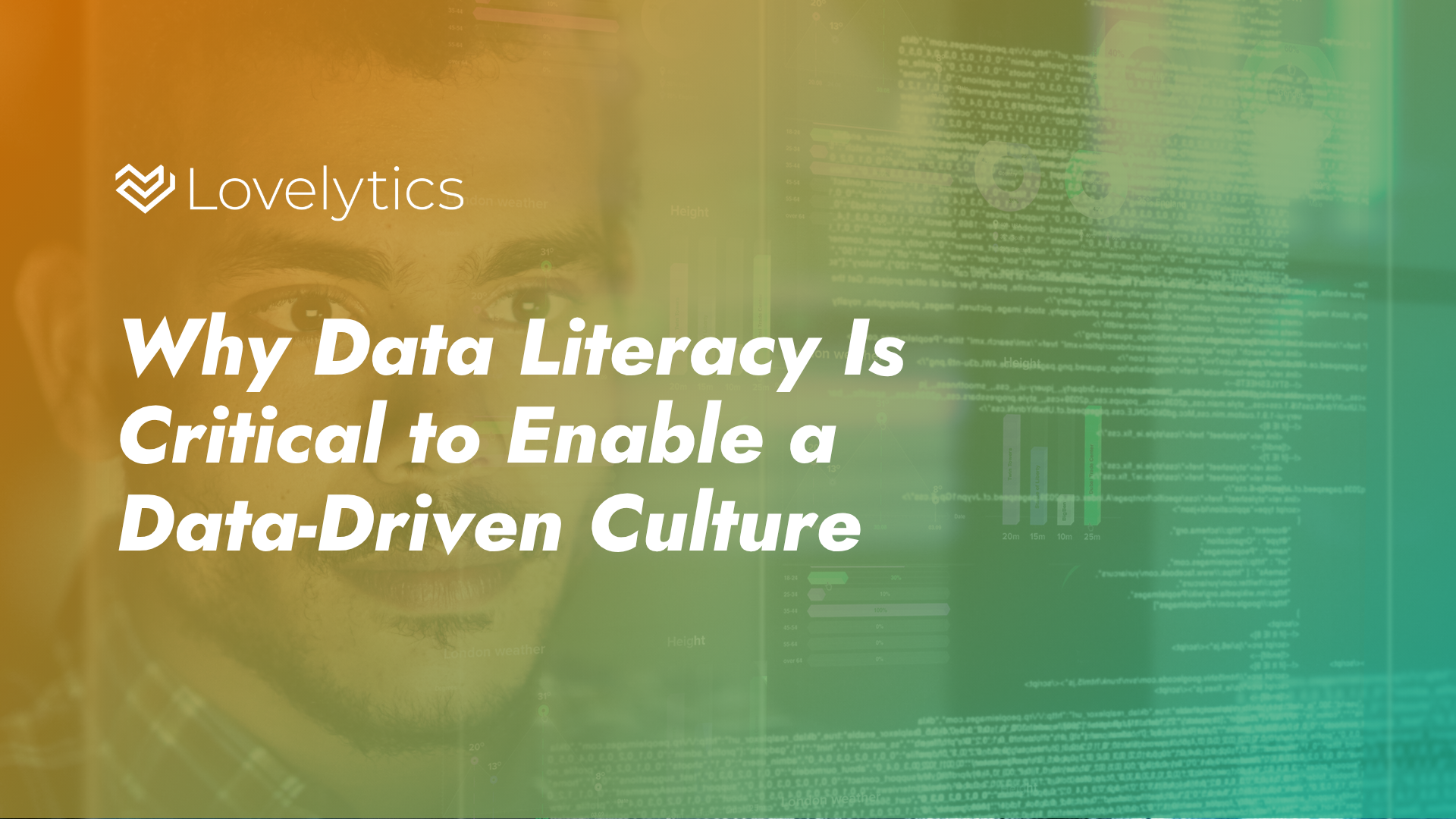Historical Perspective on Innovation: From Dynamos to AI Agents
In the late 19th century, the promise of electrification captured the imagination of industrialists. Yet, despite widespread adoption of electric dynamos, productivity gains remained elusive for decades. Economist Paul A. David famously analyzed this paradox: although Edison’s first central generating station was operational by 1882, meaningful improvements in productivity didn’t show up in the statistics for nearly 40 years.
The reason was not technological inertia alone. Factory owners initially used electricity to power existing equipment without rethinking their production processes. It was only when entire factories were redesigned around the new logic of electrified production lines — including changes to layouts, workflows, and managerial practices — that the full potential of electrification was realized. Innovation on its own was not enough. Transformation required process evolution, organizational change, and experimentation across industries.
This pattern is referred to as a productivity paradox, where breakthrough technologies are adopted but the expected economic benefits are delayed.
A quote captures the risk of incrementalism well:
“Had the 19th century focused solely on better looms and ploughs, we would enjoy cheap cloth and abundant grain — but there would be no antibiotics, jet engines or rockets.”
True economic progress comes from discovering entirely new ways of working, not just doing old tasks faster.
Today, we are at a similar turning point with Generative AI.
But this time, the adoption window is much shorter. The industry cannot afford to take 40 years to realize GenAI productivity gains. That window is now closer to 40 weeks. The announcements made at DAIS 2025 by Databricks represent a pivotal moment in solving today’s GenAI productivity paradox.
With the introduction of new architectural frameworks, development accelerators, and practical AI agent tooling, the pieces are finally in place to move from experimentation to enterprise transformation.
Lovelytics believes that the combination of Databricks’ platform innovation and our evaluation-led GenAI development approach, offers a faster, more confident path to production.
If you’re interested in how Databricks and Lovelytics are helping organizations close the gap between breakthrough and business value, read on.
DAIS 2025 GenAI Announcements – What, Why, and How We Can Help
There were several capabilities announced at DAIS 2025 that point to a new era in enterprise GenAI adoption. In this blog, we will focus on the following four key technologies that stood out:
- Agent Bricks
- Google Gemini model integration
- MLflow 3.0
- Model Context Protocol (MCP)
Together, these capabilities signal a major leap forward in how enterprises can move from GenAI experimentation to scalable, production-grade solutions. Below, we unpack each capability, why it matters, and how Lovelytics can help organizations capitalize on them.
Agent Bricks
What it is
Agent Bricks provides a simple, no-code/low-code approach to build and optimize domain-specific, high-quality AI agent systems for common enterprise use cases. Built on top of the Mosaic AI platform, it allows users to specify a task in natural language, connect their data, and automatically generate a complete AI agent system — from model selection and fine-tuning to evaluation and continuous improvement.
It’s a fundamentally declarative approach to agent development: users describe what they want the agent to do, and Agent Bricks handles the rest. In the background, it runs advanced optimization techniques like DSPy for prompt optimization, test-time adaptive optimization (TAO), performs hyperparameter sweeps, and evaluates outcomes — offering a fully optimized, ready-to-deploy solution. It even incorporates natural language feedback to steer agent behavior through a mechanism called Agent Learning from Human Feedback (ALHF), continuously improving results over time.
Currently supported use cases include:
- Information Extraction: Automatically transform large volumes of unstructured text into structured, tabular data.
- Model Specialization: Fine-tune agents for summarization, classification, or other custom text generation tasks.
- Knowledge Assistant: Deploy high-quality, source-citing chatbots that answer questions based on your documents.
For more information, we encourage the reader to review the Databricks documentation on Agent Bricks.
Why it matters
Most organizations struggle to move beyond GenAI experimentation due to the complexity of agent development, lack of scalable evaluation practices, and difficulty integrating into enterprise workflows. Agent Bricks addresses these challenges head-on by automating agent construction, optimization, and evaluation — all while remaining tightly integrated with the Databricks Data Intelligence Platform.
By removing the need for manual pipeline engineering and model experimentation, it dramatically shortens the time from idea to production. The result is a system that is not only faster to build, but also more reliable, measurable, and aligned with business goals.
How we can help
At Lovelytics, we extend the value of Agent Bricks with our Evaluation-Led GenAI Development approach. We work with clients to frame the right problem statements, structure the underlying data, and define evaluation metrics that matter in the business context. Whether you’re building an information extraction pipeline, a domain-specific summarization engine, or a knowledge assistant for internal documents, we help shape the foundation that Agent Bricks builds upon.
In addition, Lovelytics brings a unique enterprise view to your overall AI agent strategy. We help organizations define both purpose-built custom agents and broader frameworks to support scalable agent adoption across departments and use cases. This strategic lens ensures that every agent aligns with enterprise objectives, integrates cleanly into operations, and delivers tangible business value.
Agent Bricks automates the complexity. Lovelytics ensures it delivers measurable results, fast.
Google Gemini model integration
What it is
Gemini 2.5, Google’s latest generation of foundation models, represents a significant leap forward in AI reasoning and multi-step decision-making. With industry-leading performance in natural language understanding and advanced logic tasks, Gemini models — including Gemini 2.5 Pro and Gemini 2.5 Flash — will be natively integrated into the Databricks Data Intelligence Platform.
This integration continues Databricks’ commitment to its open platform philosophy, offering customers choice and flexibility by incorporating yet another state-of-the-art model family into its core. Much like the recent integration of Anthropic models, the addition of Gemini demonstrates Databricks’ focus on enabling enterprises to work with the best models available — without vendor lock-in or added complexity.
Through this partnership, Databricks customers gain access to these models directly within their existing environment, using familiar tools such as SQL and model endpoints. There is no need to duplicate data or manage third-party integrations. Organizations can also take advantage of the newly introduced “Deep Think” mode for enhanced reasoning, along with robust security and governance provided by Unity Catalog.
Gemini models on Databricks are consumption-based and available through customers’ existing Databricks contracts, offering a streamlined path to advanced AI capabilities.
For more technical details, we encourage the reader to review the official announcement here.
Why it matters
Access to high-performing foundation models is critical for enterprises seeking to build scalable, intelligent applications. Gemini brings this capability to the Databricks ecosystem in a way that is seamless, secure, and enterprise-ready.
With Gemini, organizations can:
- Build domain-specific AI agents that understand and reason across complex datasets and business contexts
- Automate workflows with natural language commands and generate insights from live enterprise data
- Maintain full control over security, access, and compliance with native Unity Catalog integration
This is not just about speed or accuracy — it’s about creating intelligent systems that operate securely and contextually on your most valuable data, all within your governed Databricks environment.
How we can help
Lovelytics helps clients translate Gemini’s advanced capabilities into practical, high-impact use cases. We guide organizations in identifying where Gemini-powered agents or applications can drive the most value — whether in operations, finance, supply chain, or knowledge management.
Lovelytics specializes in solving the higher-order, higher-value use cases where reasoning is a core requirement. Building an AI agent that can reason over long context, carry a multi-turn conversation, leverage tools, and make decisions about tool usage is both an art and a science. At Lovelytics, we bring unique expertise in designing, developing, evaluating, and productionalizing these advanced agent use cases.
Our Evaluation-Led GenAI Development approach is built to support this complexity. We start with well-defined evaluation sets, incorporate SME input early to establish what “good” looks like, and then architect the agent workflow — including automated evaluations — around those expectations. This allows for rapid iteration, clearer performance benchmarks, and a smoother path to deployment.
With Gemini now fully integrated into the Databricks platform, Lovelytics ensures that organizations not only access its capabilities, but also apply them effectively to deliver measurable business outcomes.
MLflow 3.0
What it is
MLflow 3.0 brings comprehensive support for tracking, evaluating, and improving both machine learning models and GenAI applications on the Databricks Lakehouse. With native integration into Unity Catalog and Databricks workspaces, MLflow now enables organizations to centrally manage performance across development and production environments — including GenAI agents, applications, and traditional ML models.
Key features include:
- Unified observability through trace annotation, model metrics, and experiment tracking
- New mlflow.genai.evaluate() API with LLM judges for quality, safety, and correctness
- Integrated Assessments and human-in-the-loop feedback tools to close the evaluation loop
For more information, we encourage the reader to review the official documentation here.
Why it matters
The phrase “You can’t improve what you can’t measure” is a well-known adage in business, science, and management — and it holds especially true in the world of GenAI. As organizations shift from prototypes to production, the ability to systematically evaluate application behavior becomes essential. MLflow 3.0 addresses this need by introducing robust tools for GenAI observability, traceability, and evaluation.
With built-in support for LLM judges and human feedback, MLflow enables developers and data scientists to track performance, flag issues, and iterate on agent behavior using real-world traces. These capabilities ensure that GenAI applications are not only functional, but consistently aligned with business goals, compliance standards, and user expectations.
By unifying observability and evaluation under a single framework, MLflow 3.0 allows organizations to operationalize GenAI development with rigor and confidence.
How we can help
Lovelytics helps organizations adopt MLflow 3.0 not just as a tool, but as a discipline. We guide clients in setting up evaluation pipelines, designing trace annotation workflows, and integrating SME-driven assessments into the development lifecycle. Our Evaluation-Led GenAI Development approach aligns perfectly with MLflow’s new capabilities, allowing us to define what “good” looks like early, monitor it continuously, and iterate quickly.
Whether you’re fine-tuning agents, comparing LLM outputs, or running production deployments with trace-based feedback, we help operationalize the entire GenAI lifecycle using MLflow 3.0 — driving transparency, quality, and impact.
Model Context Protocol (MCP)
What it is
The Model Context Protocol (MCP), originally developed by Anthropic, is now natively supported in the Databricks platform. MCP provides a standardized way for large language models to interact with tools and structured knowledge, enabling more powerful and flexible AI agent behavior.
Databricks has integrated MCP support directly into the platform through both managed MCP servers and the ability to host custom MCP servers using Databricks Apps. These servers can now support connections to Unity Catalog functions, Genie, and Vector Search, allowing agents to execute tasks like querying enterprise data or invoking business-specific functions. Developers can also interact with MCP-enabled models directly in the Databricks Playground for faster experimentation.
For more information, we encourage the reader to review the official announcement and documentation here.
Why it matters
As enterprises begin to scale their use of GenAI agents, consistency and interoperability become key. MCP offers exactly that — a standardized interface that allows tools and capabilities to be reused across different agents, whether developed in-house or sourced externally.
With Databricks-hosted MCP servers, organizations gain secure, permission-aware access to enterprise data and functions, while simplifying infrastructure management. Unity Catalog permissions are enforced automatically, ensuring the right level of control and security as agents interact with sensitive tools and data.
This enables a more modular, reusable, and secure agent ecosystem, accelerating development without sacrificing oversight or consistency.
How we can help
Lovelytics brings both the architectural expertise and practical experience to help clients take full advantage of MCP. We guide organizations in identifying which tools should be made MCP-compatible, assist in the design and hosting of custom MCP servers, and ensure seamless integration with Unity Catalog, Vector Search, and other Databricks-native services.
Moreover, we help define agent workflows that benefit from context-aware tool use — where reasoning, task execution, and data access come together. Combined with our Evaluation-Led GenAI Development approach, we ensure MCP-based agents are not only functional, but also measurable, scalable, and aligned with enterprise goals.
Conclusion
The pace and quality of innovation coming from Databricks is nothing short of remarkable. With each advancement — from declarative agent frameworks like Agent Bricks to the integration of powerful foundation models like Gemini, and from lifecycle evaluation with MLflow 3.0 to context-aware interoperability through MCP — Databricks is rapidly collapsing the GenAI adoption curve. This is not just platform evolution; it’s a shift in how enterprises can approach AI, powered by an open ecosystem that welcomes internal R&D and external innovation alike.
At Lovelytics, we are fully aligned with this vision. Our mission is to help organizations solve their most important business challenges through purposeful, production-ready GenAI solutions. We leverage the full capability of the Databricks platform, adopting new tools early, integrating them into real-world architectures, and driving outcomes that matter.
We don’t take a wait-and-see approach. We take a let’s co-innovate approach — working closely with our clients and partners to turn the promise of GenAI into measurable impact, today.

